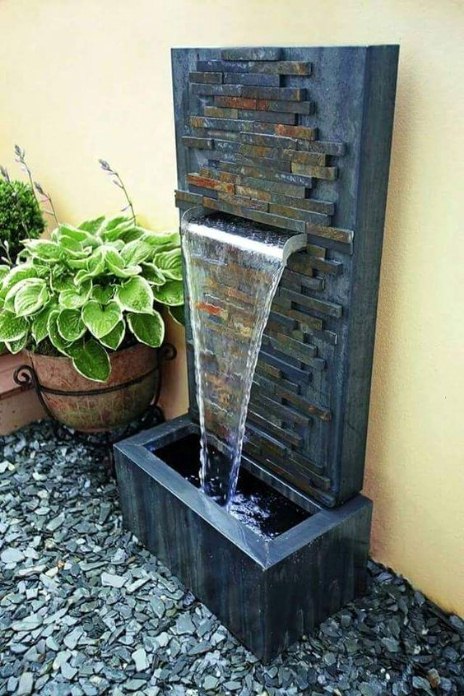It’s hard enough to feel close to nature when you live in a city or an urban environment, but it’s definitely more challenging if you’re stuck in a veritable concrete jungle with no parks or green spaces to serve as oases from the stifling urban sprawl.

While your ultimate option is to eventually seek a residential community that is more conducive to communing with nature, there are measures you can take in the meantime to help you bring elements of nature into your living space. In this article, we’ll fill you in on some of these.
Water is a quintessential element of the natural world, and it would be very remiss of you if you fail to consider it when thinking of ways to bring nature indoors. Water features like indoor fountains are not only beautiful as a decorative element, they can also help you relax and feel calm as the sound of gently flowing water will remind you of natural bodies of water like streams and cascading brooks.
Read Also:
There’s a wide body of scientific evidence that points to the benefits of spending time in natural environments like forests. However, if there are no forests near where you live, then the next best thing would be to have indoor plants in your home. The sight of plants provides psychological and physiological effects that lead to lower levels of stress hormones and lower blood pressure.
Moreover, they can also help provide oxygen indoors. Popular species of indoor plants include dracaena, rubber plant, aloe vera, cast iron plant, philodendron, African violet, zamioculcas, jade plant, weeping fig, and peperomias.
While you might think that opening your windows will let outdoor pollutants inside your home, letting the indoor air go stale in your home for long periods of time is also not a good idea, as you make yourself more prone to experiencing sick building syndrome.
Make sure to open your windows from time to time to let indoor pollutants out of your home, and also to let the sunshine in. After all, natural light is healthier than artificial light as it helps boost your body’s vitamin D levels while also making any indoor environment more conducive to productivity.
While no one disputes how beautiful industrial design can be by taking advantage of the potent aesthetic character of building materials like concrete and metal, there’s something about natural building materials that make any indoor environment instantly warmer and more personal. As such, don’t write off the potential of materials like natural hardwood and natural stone when it comes to bringing out the best in your home.
Furnishings and ornamental elements made from natural materials can add more character to your living spaces just as much as the building materials themselves. As such, consider installing linen curtains and couches upholstered in natural cotton fabric. Also consider wicker furishings made from reed, rattan, seagrass, or bamboo, as well as natural decorative elements like fleece tapestries and jute, hemp, and sisal rugs.
An extension of the indoor plant idea, creating an herb garden in your kitchen is another way to introduce greenery in your home while also providing you with a fresh resource of ingredients that you can use in the dishes you cook.
Herbs like rosemary, thyme, basil, cilantro, parsley, chives, sage, and dill can be placed inside small decorative planters or pots, which should bring more life into your kitchen. Make sure to place them near your windows, where they can get a fair amount of daylight or sunshine.
Every home has the potential to look and feel closer to nature when the right elements are introduced into a living space. The simple tips provided above are by no means an exhaustive list, but they should help you get started on your quest to bring nature into your home.